Sorry for not posting updates the past day and half. I’ve been out touring the city, but also because the internet here is really spotty — up and down whenever it feels like. I’ve never had a stable enough connection to do much of anything — even my emails are only getting checked slowly.
Mind you, there isn’t a whole lot to report on the whole tea drinking thing here in Shenyang. One big reason is because they don’t seem to drink much of it here. Unlike most of the places in China that I’ve visited, which are either big cities or in tea producing regions, Shenyang is not a big city (I guess it’s better called a second or maybe third tiered city in China) nor in a tea producing region. It seems like people here aren’t really into tea drinking. There are very few stores that are dedicated to tea, even in the touristy areas, and the few that do have your very generic selection of regular offerings — jasmine, greens, a few tieguanyins, some oolongs, and maybe a puerh or two. I’ve encountered two puerh only shops, but the prices are not exactly low, and the selection lacklustre. All in all, a boring place for tea.
The “tea” we had today for lunch was a good example of people’s attitude here towards the drink. This is what was in the 500ml metal pot
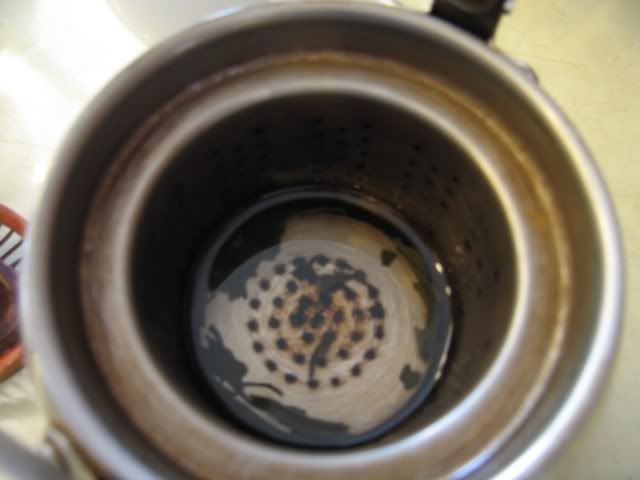
See those black specks? Those are the only leaves in the pot. I should add that they were reused from the previous sitting — i.e. they brew out the same leaves, from what I can tell anyway, for the whole day. Yeah. In fact, I haven’t had a single cup of tea here that isn’t ultra bland, except what I had this morning

Which is from…..
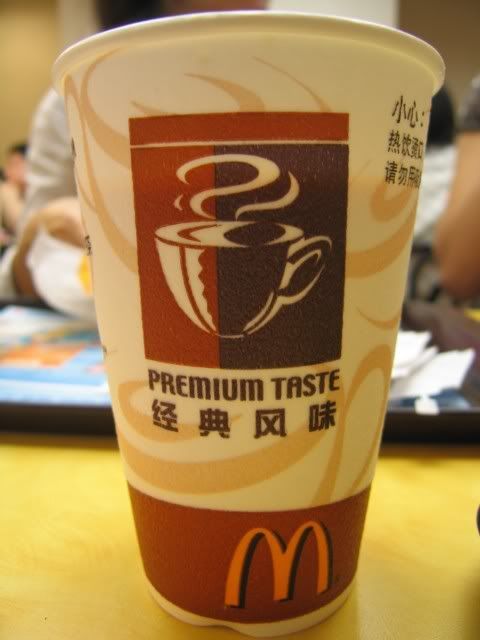
Shoot me now.
So as you can probably imagine, I haven’t been spending much time with tea, and drinking the Assam and the Lapsang Souchong I’ve brought along as my supply of decent tea.
I have, however, been doing some touring of this rather pleasant city (apart from the lack of tea). As I’ve stated before, this was the capital of the Manchus before they conquered China, and so there are some historical sites here. Yesterday, we went to the Zhaoling, or the Luminous Mausoleum, for the second Manchu emperor Hong Taiji. The place is big…

If you look very carefully… you might be able to see a hint of the yellow roof of the main building in the distance. Or not. It’s big. The best part of the park was our ride around the park on a rented tandem bike (all 3 of us). Otherwise… it’s a lot of walking to get to places.
The actual mausoleum complex is not that impressive… but it’s the most elaborate this side of the Great Wall.



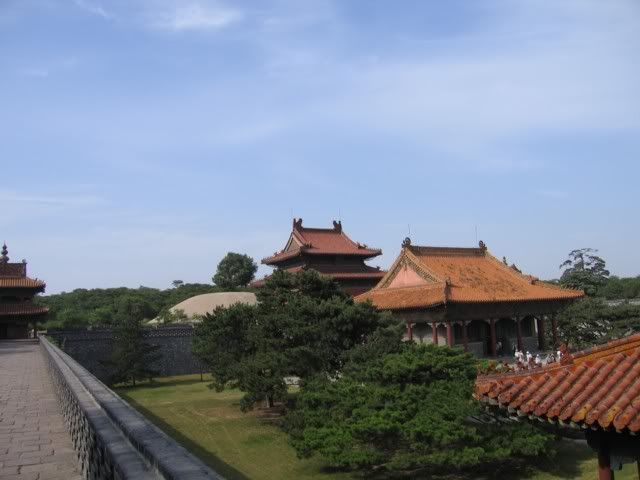
See that mound in the back? That’s where the ashes went.
The park has a conspicuous absence of any sight of a tea room — nowhere to drink tea. This further cemented my impression of the place as having not much tea.
We went to the Liaoning provincial museum today, which is a must-go. I was very very pleasantly surprised by both the quality of the museum itself, which was brand new despite the slightly ugly architecture

But they had a lot of Qing imperial collections, along with artifacts from earlier periods. Among which is one of my favourite calligraphers, Song Huizong, who is also the author of “Daguan Chalun” or the Treatise on Tea in the Daguan reign”. I took one picture of one of the stuff they had on display.

Among other collections, there was a nice jade gaiwan… note the more rounded lid (as opposed to the modern gaiwan with usually flatter lids). Gaiwans back then were used more for sipping tea out of (with leaves in there, I think) than just for brewing…. which I think might be part of the reason why.
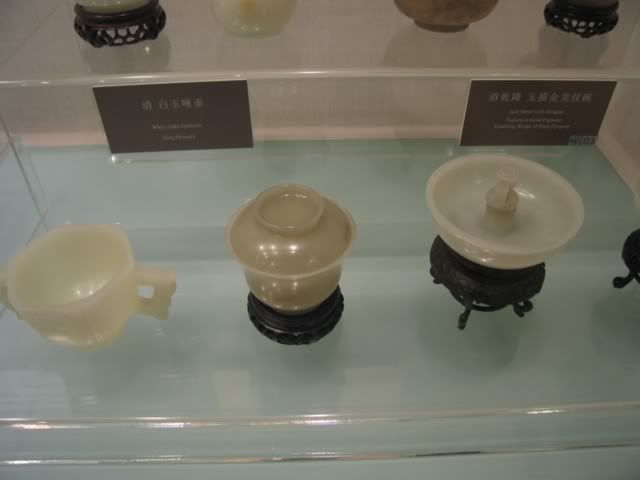
We then went to the imperial palace, and the mansion of the last warlord who lived here, but that’s far too many pictures and probably not terribly interesting. Maybe another day, if it seems interesting enough. But if you ever come to Shenyang (4 hours train ride from Beijing, for those of you who might go to the Olympics or after) just remember to 1) bring your own tea and 2) go to the provincial museum!

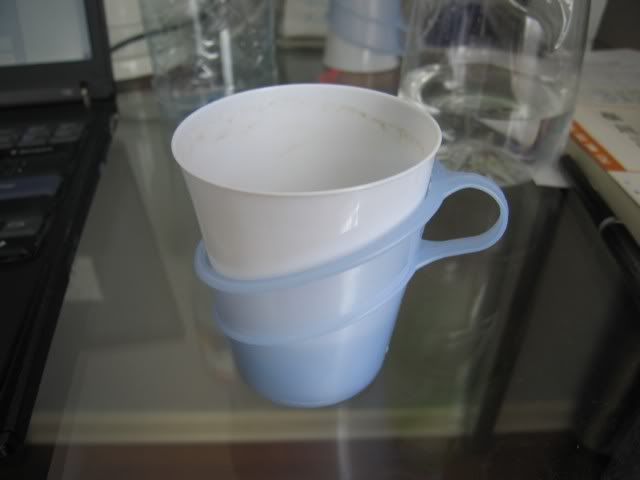

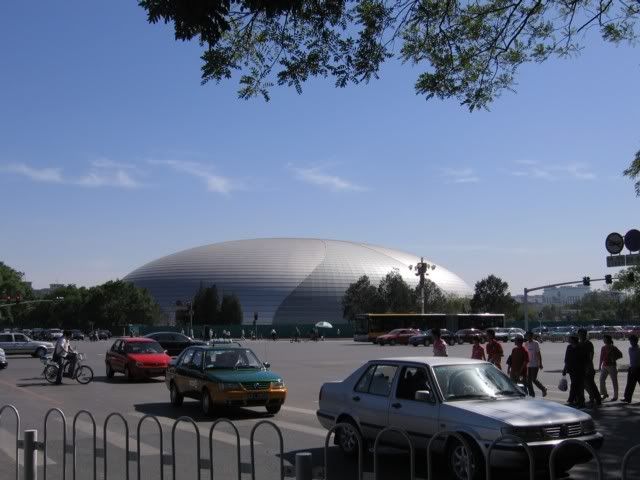
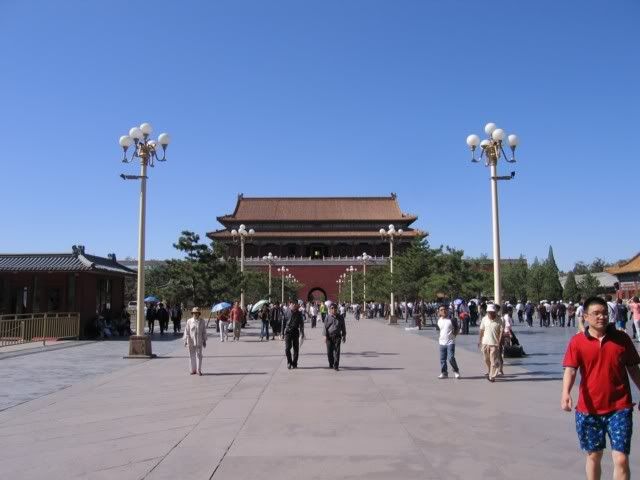
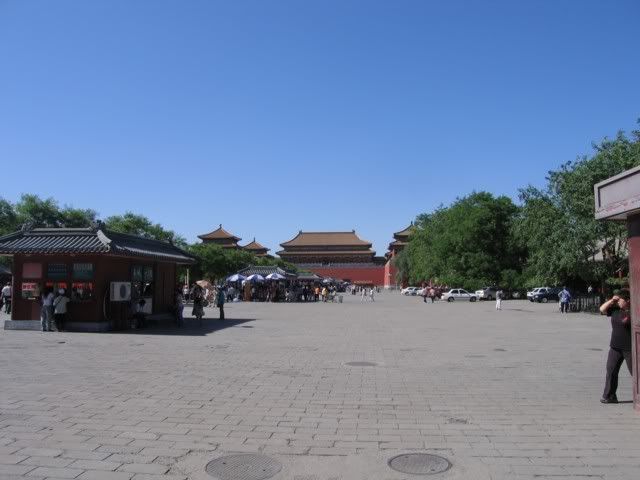

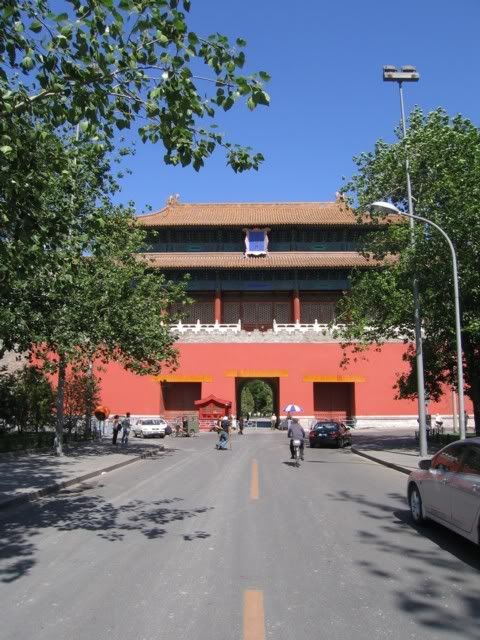
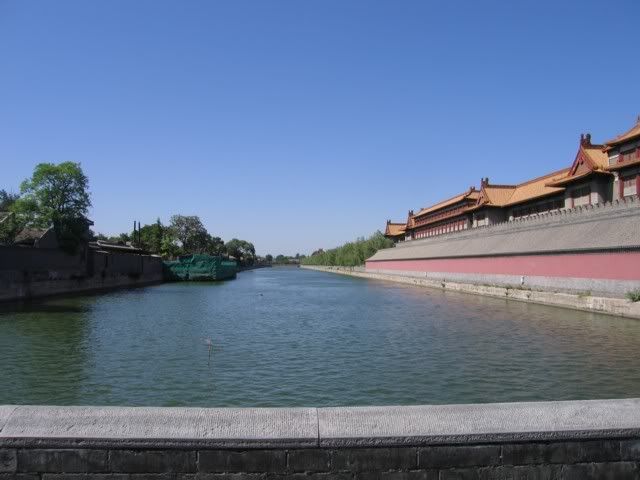

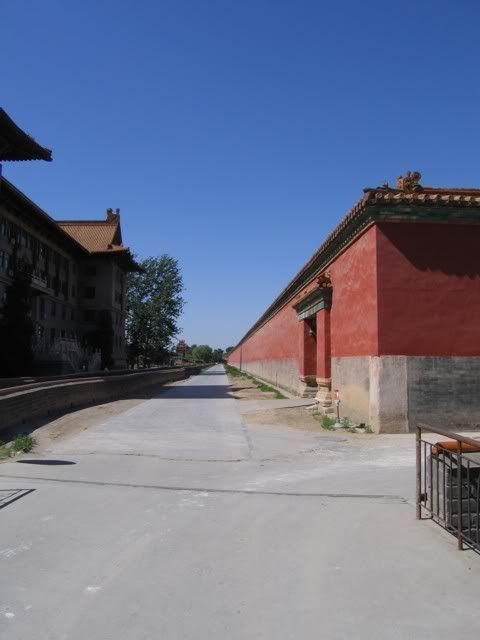
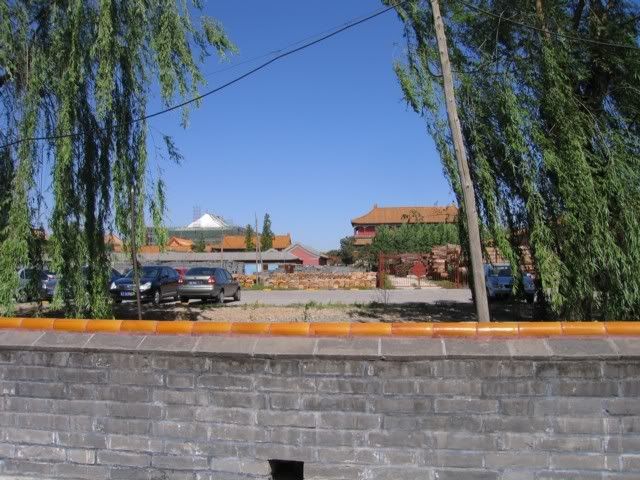
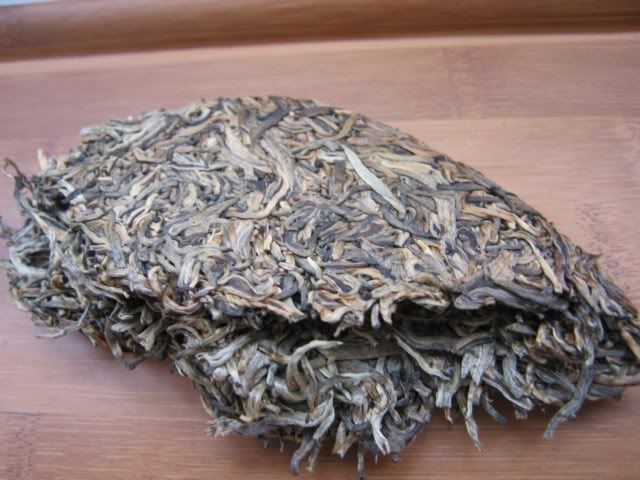
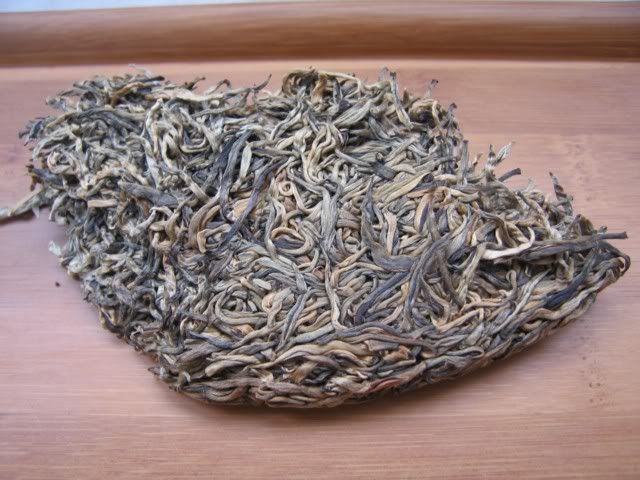
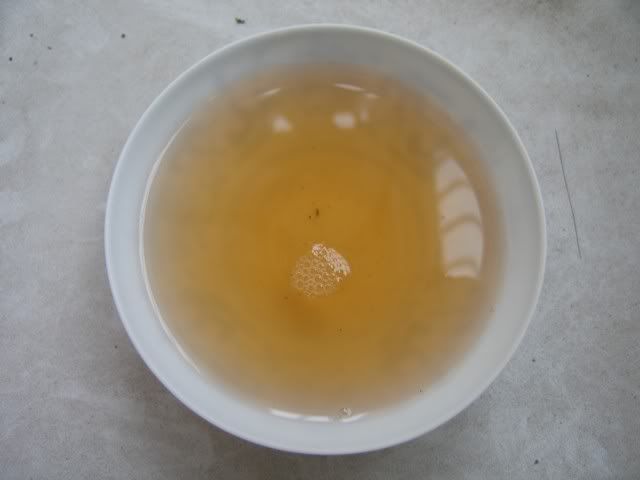
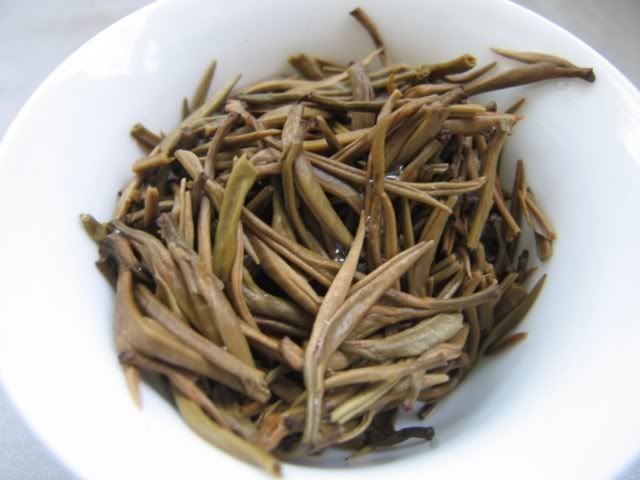
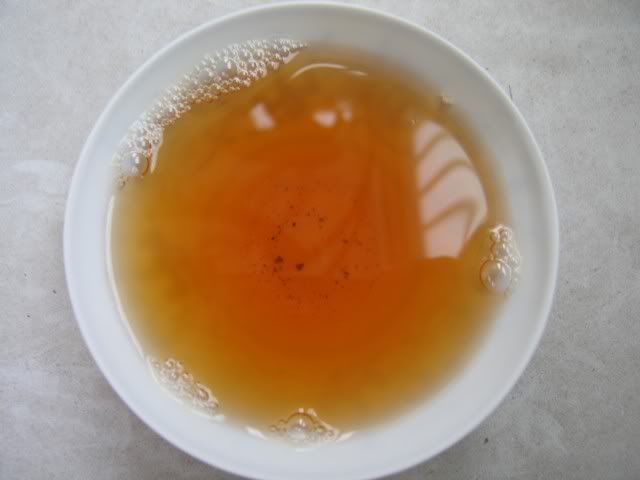

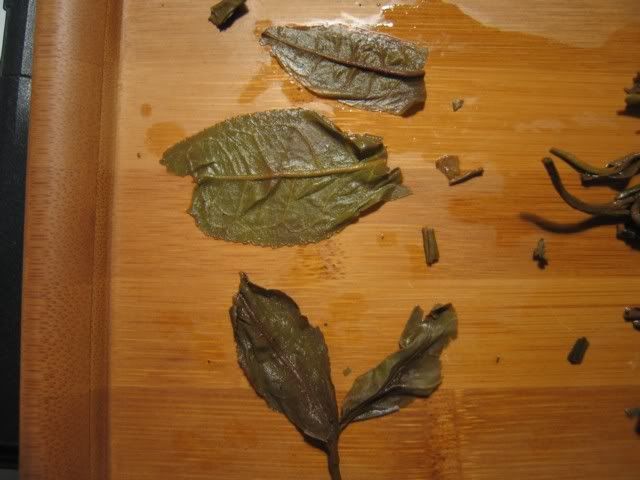
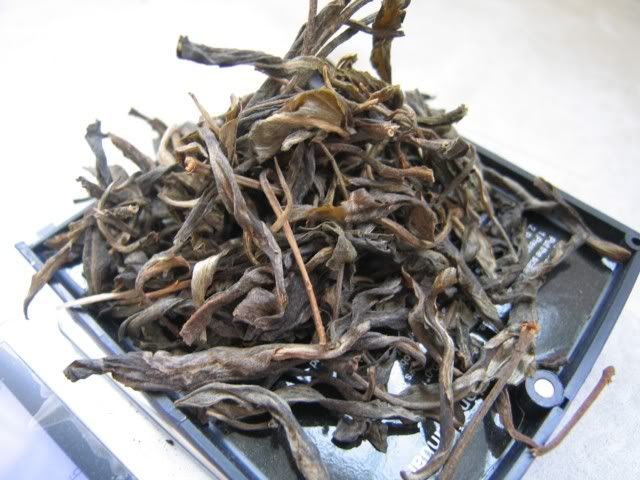
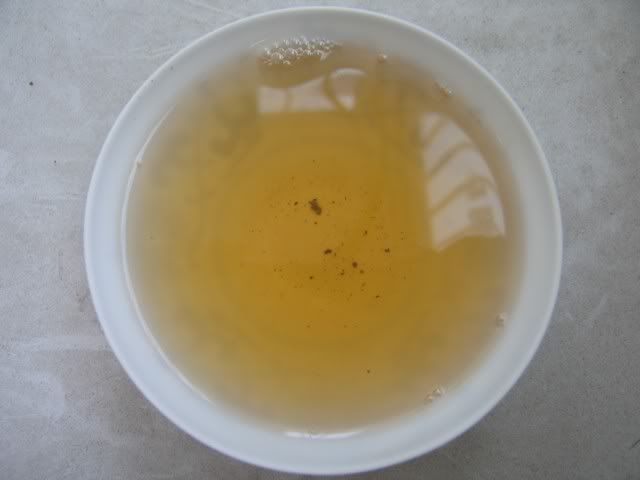

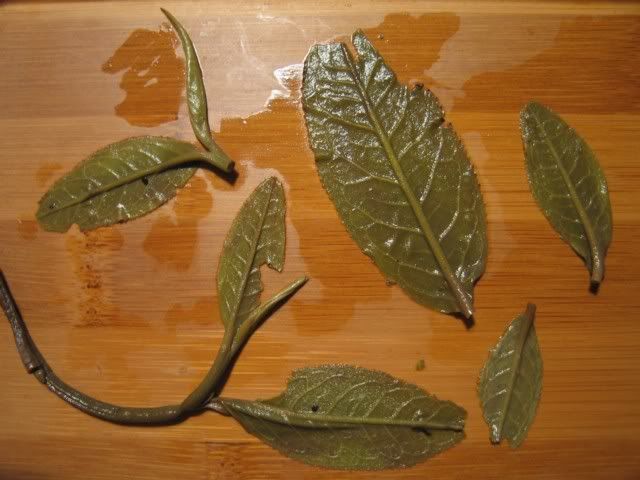
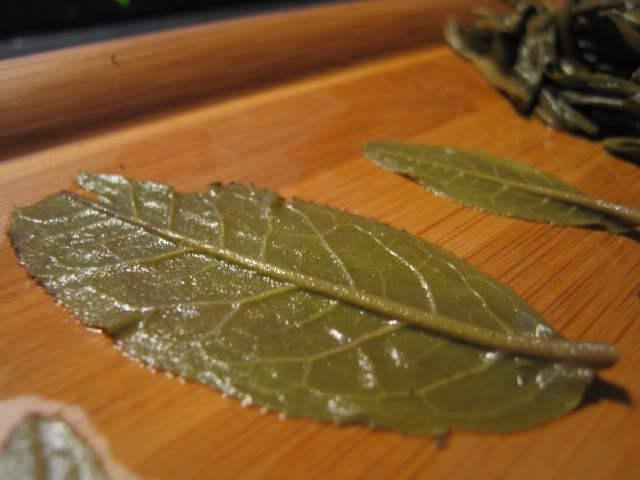
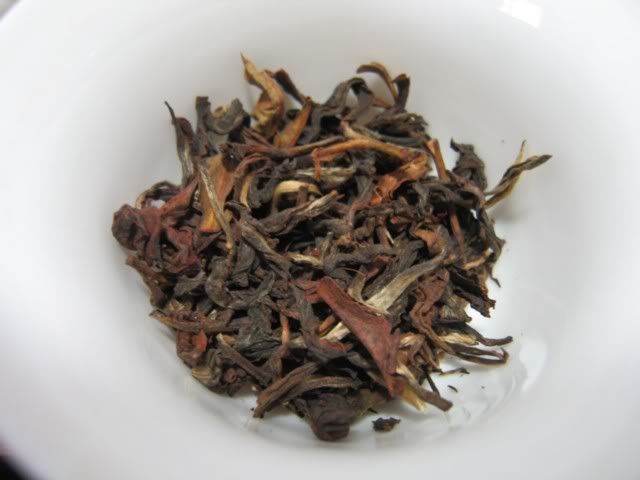

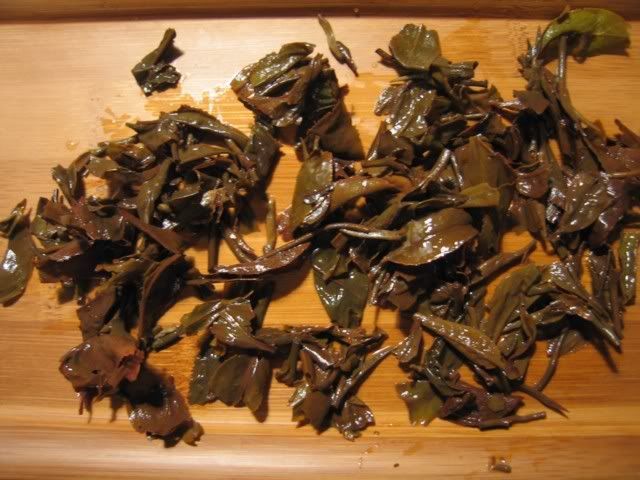
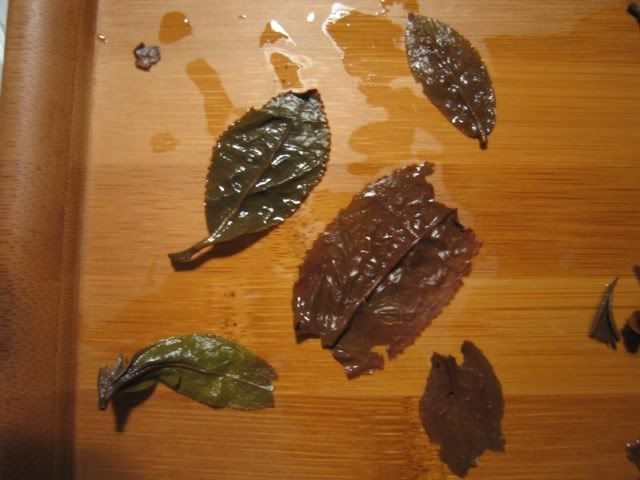
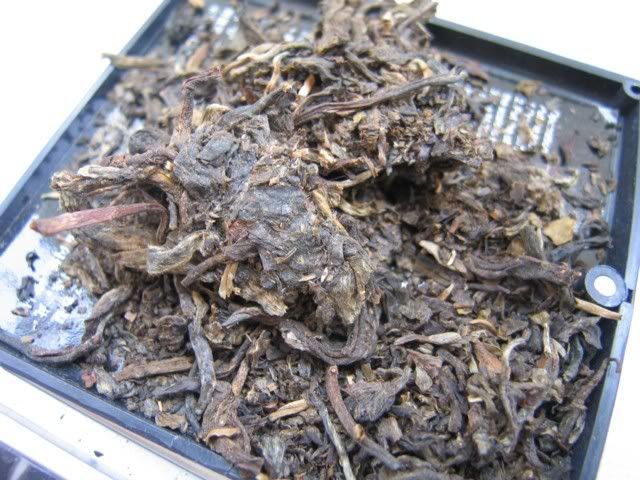
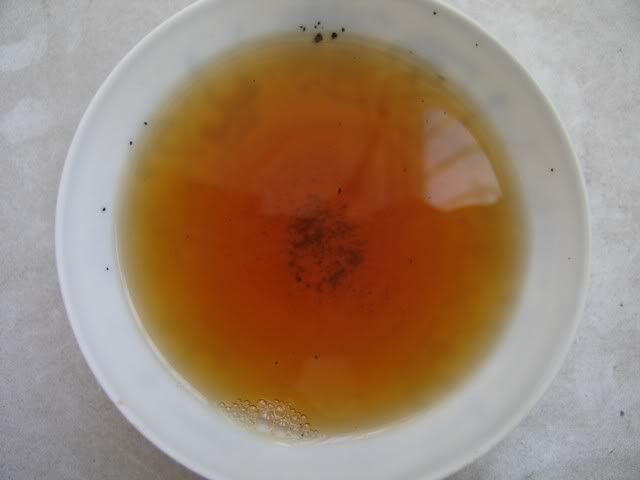
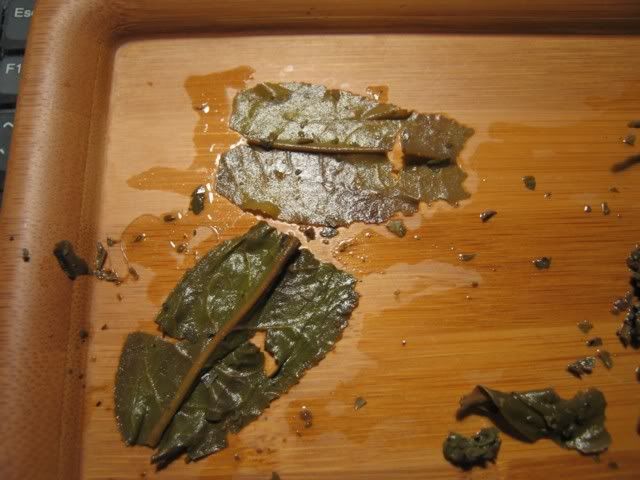
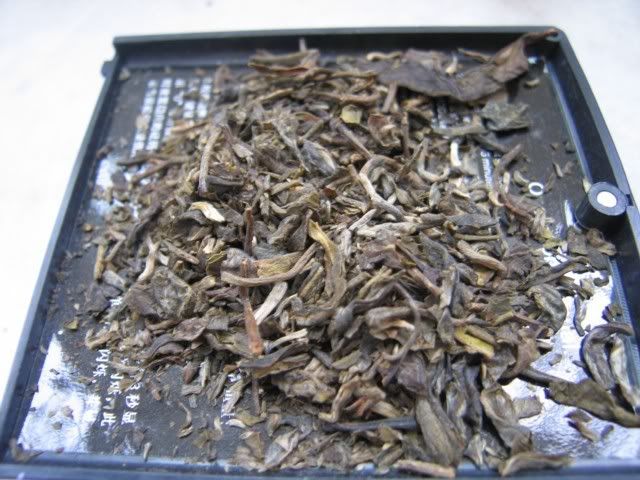


I just want to say that I still find your blog and writing extremely relevant. Thanks!